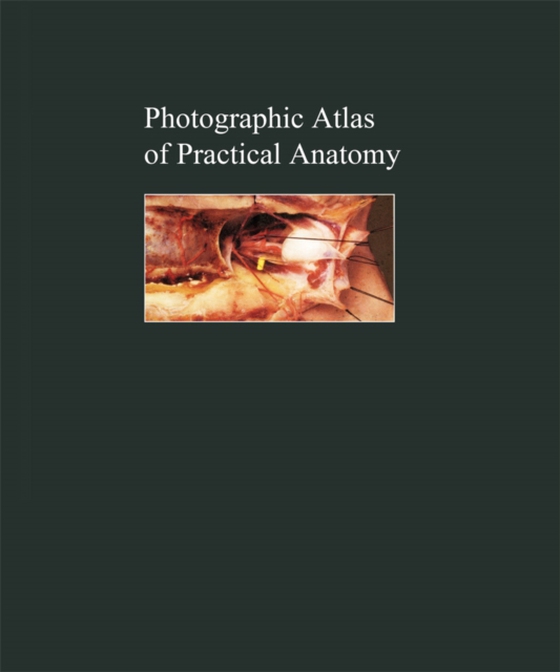
Photographic Atlas of Practical Anatomy II e-bog
692,63 DKK
(inkl. moms 865,79 DKK)
In the Preface to the first volume of the Photographic Atlas of Practical Anatomy, we explained our special interpretation of the structure of the superficial fascia of the hu- man body. The second volume of the Atlas retains this concept and further substanti- ates its validity. The order in which the anatomic regions are presented may seem unconventional, but it is intended to reflect the imp...
E-bog
692,63 DKK
Forlag
Springer
Udgivet
1 december 2013
Genrer
MJP
Sprog
English
Format
pdf
Beskyttelse
LCP
ISBN
9783642598197
In the Preface to the first volume of the Photographic Atlas of Practical Anatomy, we explained our special interpretation of the structure of the superficial fascia of the hu- man body. The second volume of the Atlas retains this concept and further substanti- ates its validity. The order in which the anatomic regions are presented may seem unconventional, but it is intended to reflect the importance of"e;transitional regions"e; in understanding ana- tomic relationships. Wherever possible, regions that border one another are presented in sequence. Additionally, we wanted the format of the second volume to follow that of the first, so the joints are placed at the end of the book and the preceding pages are de- voted to the upper limb. We start with the neck, as it provides a logical transition to the head. The nuchal region serves the same function for the back, which, as part of the thoracic cage, forms a gate- way to the lateral and anterior chest wall and finally to the upper limbs, which original- ly developed from the torso as ventral buds. A photographic presentation, more than any other, is bound to reflect individual varia- tions. This is not necessarily a disadvantage, and we hope that our approach will serve to "e;flesh out"e; general and abstract principles. Our reference list covers only works that relate directly to the second volume. Other sources may be found by consulting the more comprehensive bibliography and preface ofVolume I.
 Dansk
Dansk

